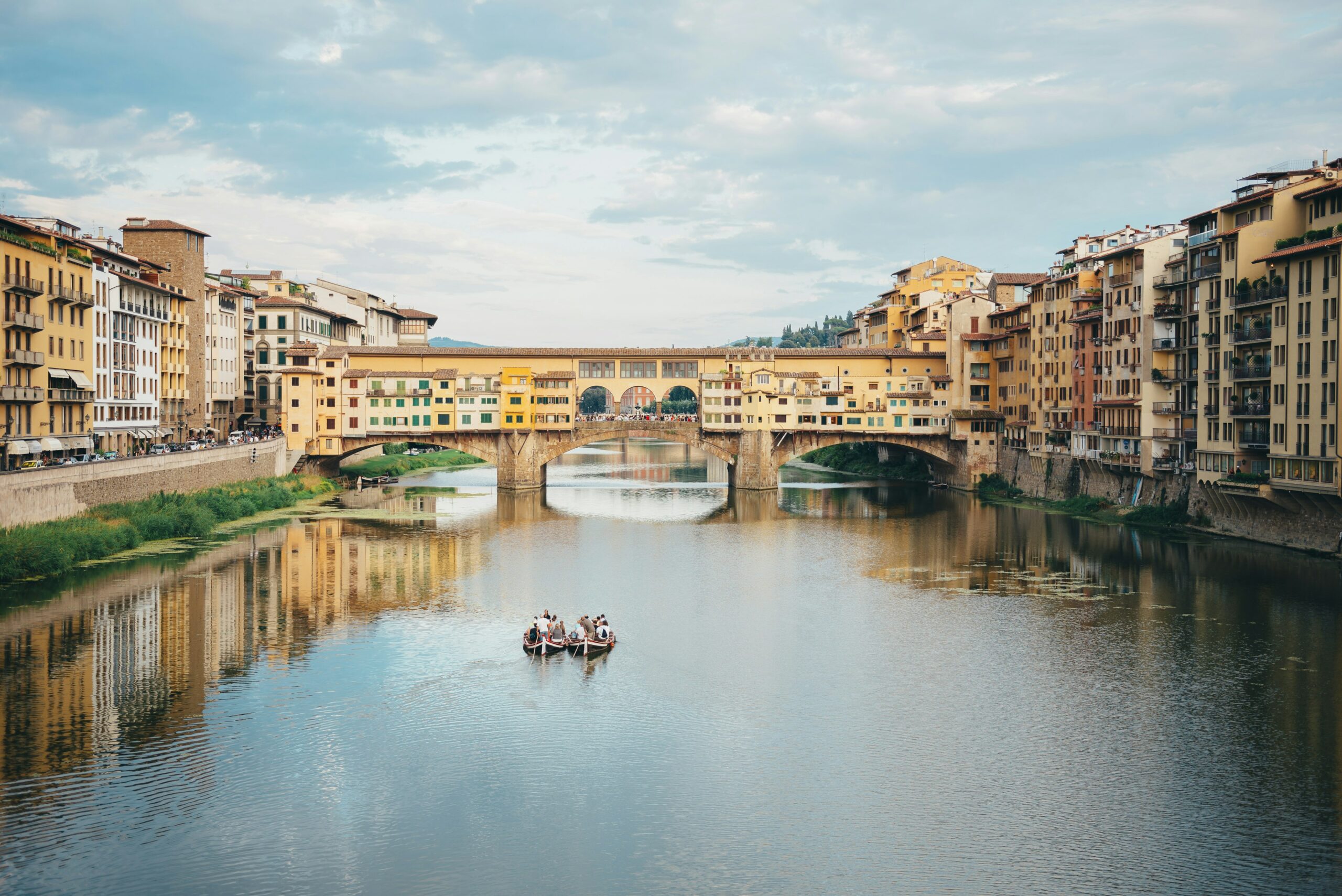Ever since author Frances Mayes renovated her ramshackle villa in the book Under the Tuscan Sun and actor Diane Lane memorably reinterpreted that adventure on the big screen in the 2003 movie, Tuscany — and its round-the-clock marketing machine — has doubled down on its reputation for rustic elegance, romance and, more recently, Instagrammability.
But this central Italian region offers much more than countryside charms and dreamlike landscapes (though, yes, there are plenty of those, too). In the spirit of the Italian Renaissance, which took root here in the 14th century, Tuscany is a cosmopolitan region packed with university towns and forward-thinkers in both the creative and scientific spheres. It attracts curious minds from all over the world who value its humanistic heart. If you’re one of those visitors, here are the practicalities to know before you go.
1. If you’re in Florence, you’re also in Tuscany
Blame it on the branding, but many first-time visitors to Florence think of Tuscany as a cypress tree-lined never-neverland far from the rest of civilization. But Tuscany is just one of Italy’s 20 regions, comparable to a state, and Florence is its capital (with a historic center surprisingly short on trees of any kind).
If you venture to the countryside, you will find those famously postcard-ready views, hay bales and vineyard vines, but there are also stereotype-bucking areas like the wild Maremma, the islands of the Tuscan archipelago and the Swiss-inflected Lunigiana. Avoid the rookie mistake of telling tour guides or folks you meet in Florence that your plans include “going to Tuscany” — you’re already there.
2. Tuscany is a year-round destination, depending on what you want to do
While it’s easy to enjoy Tuscany no matter the season, if you’re a food and wine fiend, September and October are excellent times to visit due to the grape harvest (vendemmia) and many connected celebrations. October begins the transition to focusing on the olive harvest, which typically concludes in early December.
If you’re a culture vulture planning to spend most of your time touring museums, monuments and other attractions, consider winter (January and February in particular), when the holiday crowds will have dispersed and you’ll have more breathing room in both big-ticket and under-the-radar attractions.
Crowds and heat are par for the course in summer, and come August,…
Click Here to Read the Full Original Article at Stories – Lonely Planet…
